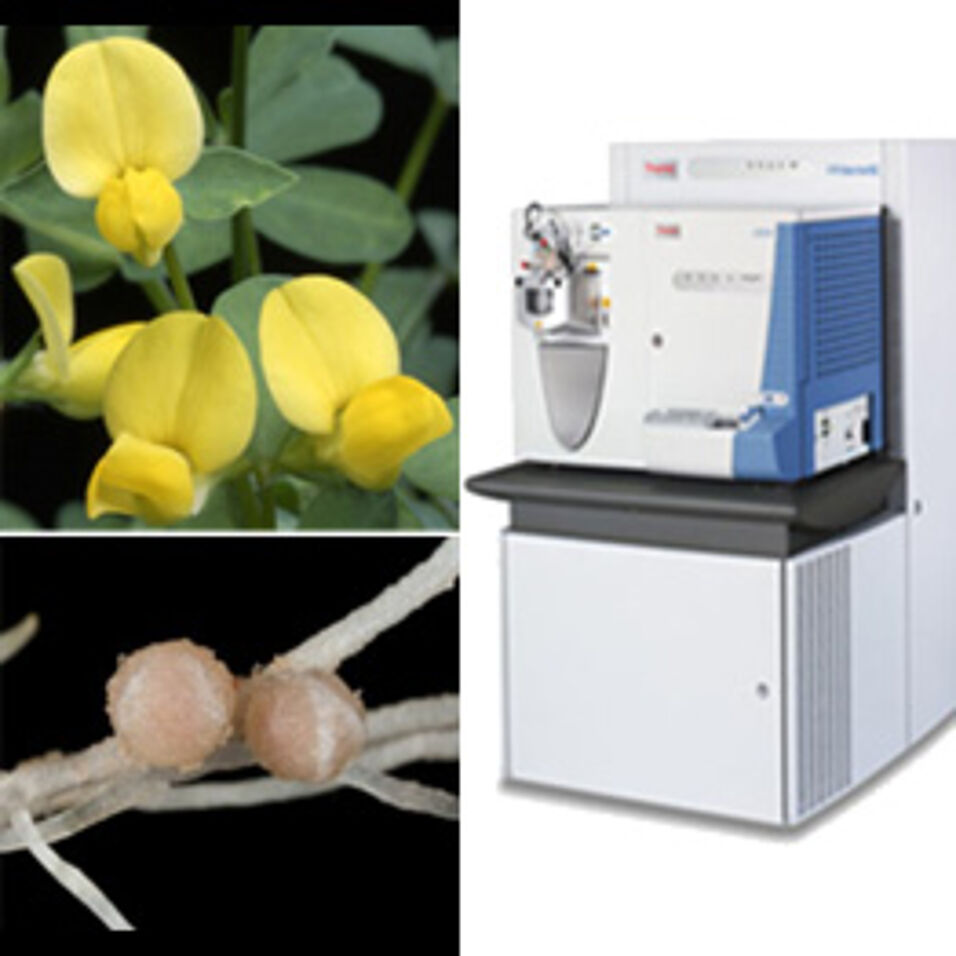You will learn about
- Split root system
- Isotopic labeling
- Proteomics and Mass Spectrometry
This master student position is available at our Research group for Plant-Systems Interaction lead by Dr. Stefanie Wienkoop.
If you are interested, please contact
Dr. Stefanie Wienkoop
T: +43-1-4277-76560
M: +43-664-60277-76560
stefanie.wienkoop@univie.ac.at
or
Sebastian Schneider, MSc
T: +43-1-4277-76560
sebastian.schneider@univie.ac.at

